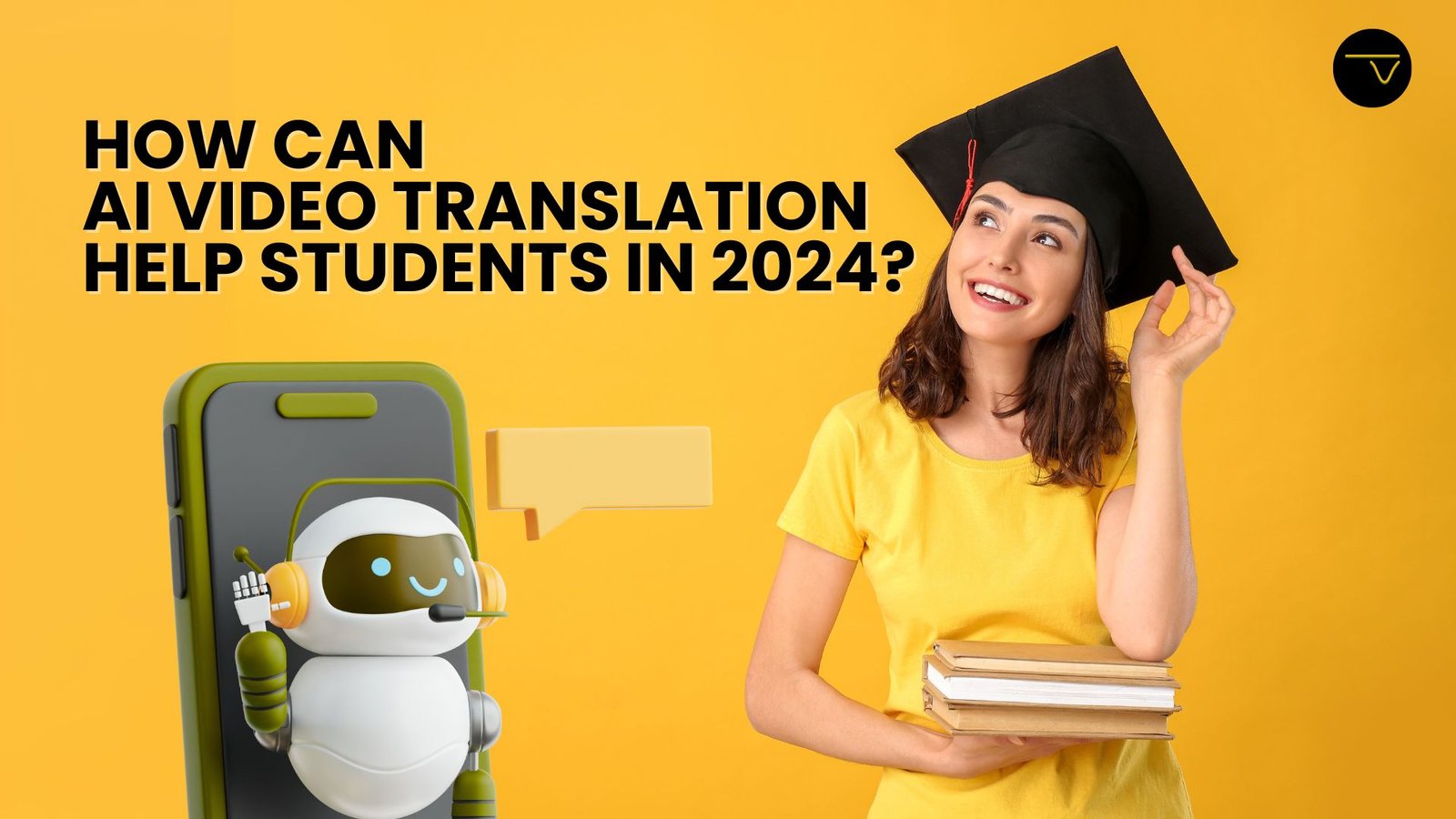In today’s interconnected world, language barriers can be a significant obstacle for students seeking to expand their knowledge and connect with others globally. With the advent of AI video translation, students can now overcome these barriers and access a vast array of educational resources, regardless of their native language. In this blog, we will explore how AI video translation can help students in 2024 and the benefits it offers.
Breaking Language Barriers in Education
AI video translation technology has revolutionized the way students access educational content. By leveraging machine learning algorithms and natural language processing, AI-powered translation tools can accurately translate videos into multiple languages, making it easier for students to understand and engage with educational materials. This technology is particularly useful for students who are learning a new language or studying subjects that are heavily reliant on visual aids, such as science, technology, engineering, and mathematics (STEM) fields.
One such tool is Panini Translate AI, an AI video translation app that allows users to translate any educational video from one language to any of the 45+ other languages supported, with free subtitles. This app leverages advanced AI technology to provide accurate and seamless translations, making it easier for students to access and understand educational content in their preferred language.
Enhanced Access to Educational Resources
AI video translation can significantly enhance access to educational resources for students worldwide. By providing translations of educational videos, students can:
- Expand Their Knowledge: Students can access educational content from around the world, including lectures, tutorials, and documentaries, which can broaden their understanding of various subjects and enhance their knowledge.
- Improve Language Skills: AI video translation can help students improve their language skills by providing them with authentic, real-world examples of how languages are used in different contexts.
- Stay up-to-date with Global Developments: Students can stay informed about global events, trends, and breakthroughs in various fields, which can help them stay ahead of the curve and develop a more nuanced understanding of the world.
Improved Learning Outcomes
AI video translation can also improve learning outcomes for students by:
- Enhancing Engagement: By providing translations of educational videos, AI video translation can increase student engagement and motivation, as students are more likely to be interested in content that is presented in their native language.
- Reducing Language Barriers: AI video translation can reduce language barriers, allowing students to focus on the content rather than struggling to understand the language.
- Increasing Accessibility: AI video translation can increase accessibility for students with disabilities, such as those who are deaf or hard of hearing, by providing sign language interpretations or closed captions.
Future of Education
The integration of AI video translation in education is likely to have a profound impact on the future of learning. As the technology continues to evolve, we can expect to see:
- Increased Global Collaboration: AI video translation can facilitate global collaboration among students, teachers, and researchers, promoting cross-cultural understanding and knowledge sharing.
- Personalized Learning: AI video translation can be used to create personalized learning experiences tailored to individual students’ needs and learning styles.
- Enhanced Teacher Support: AI video translation can provide teachers with additional resources and support, enabling them to better assist students who may be struggling with language barriers.
Conclusion
In conclusion, AI video translation has the potential to revolutionize the way students access and engage with educational content. By breaking down language barriers, enhancing access to educational resources, and improving learning outcomes, AI video translation can help students in 2024 and beyond. Tools like Panini Translate AI are leading the way in this field, providing accurate and seamless translations of educational videos in multiple languages. As the technology continues to evolve, we can expect to see even more innovative applications of AI video translation in education, ultimately leading to a more inclusive and effective learning environment.
